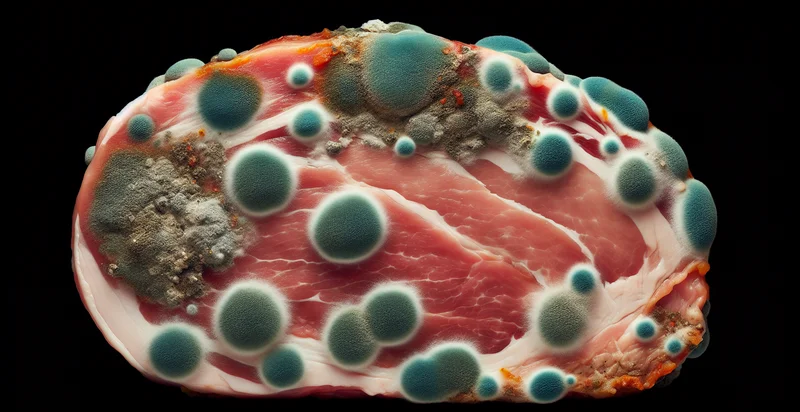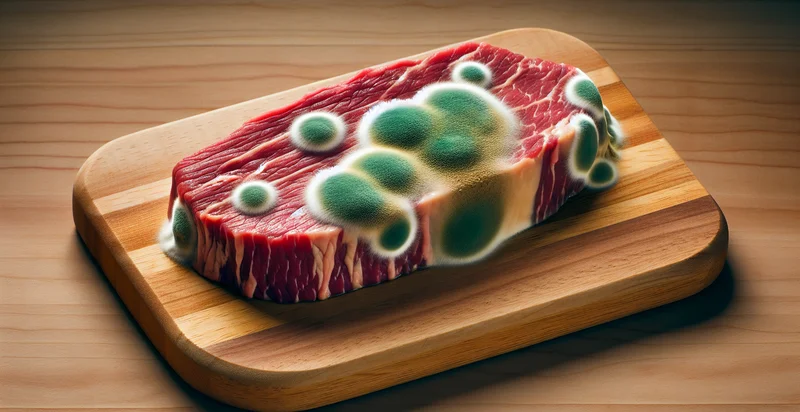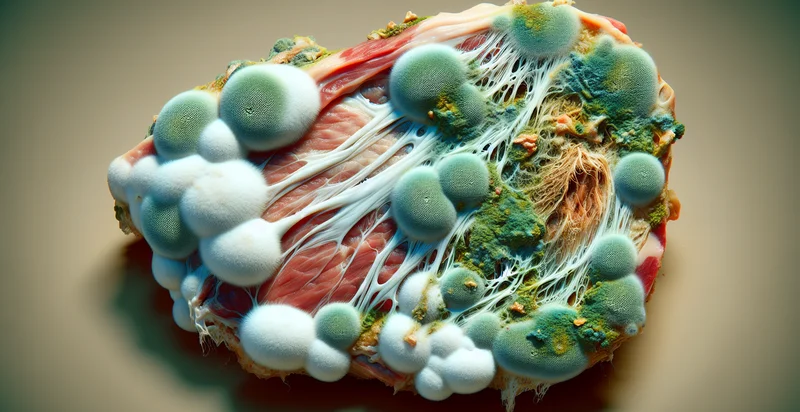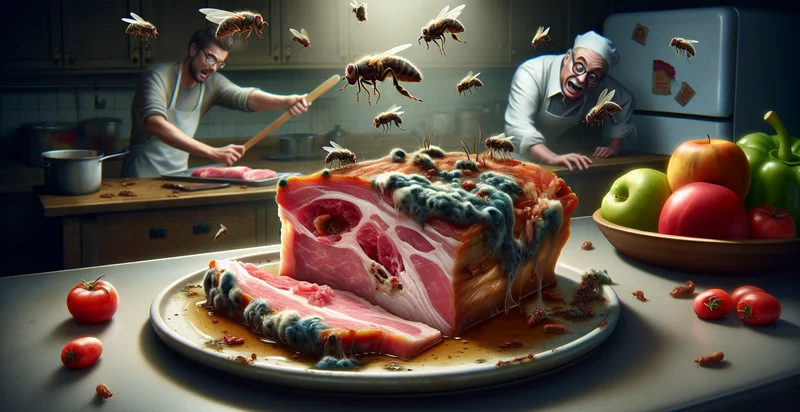Identify if pork is moldy
using AI
Below is a free classifier to identify if pork is moldy. Just upload your image, and our AI will predict if the pork is safe to eat - in just seconds.

Contact us for API access
Or, use Nyckel to build highly-accurate custom classifiers in just minutes. No PhD required.
Get started
import nyckel
credentials = nyckel.Credentials("YOUR_CLIENT_ID", "YOUR_CLIENT_SECRET")
nyckel.invoke("if-pork-is-moldy", "your_image_url", credentials)
fetch('https://www.nyckel.com/v1/functions/if-pork-is-moldy/invoke', {
method: 'POST',
headers: {
'Authorization': 'Bearer ' + 'YOUR_BEARER_TOKEN',
'Content-Type': 'application/json',
},
body: JSON.stringify(
{"data": "your_image_url"}
)
})
.then(response => response.json())
.then(data => console.log(data));
curl -X POST \
-H "Content-Type: application/json" \
-H "Authorization: Bearer YOUR_BEARER_TOKEN" \
-d '{"data": "your_image_url"}' \
https://www.nyckel.com/v1/functions/if-pork-is-moldy/invoke
How this classifier works
To start, upload your image. Our AI tool will then predict if the pork is safe to eat.
This pretrained image model uses a Nyckel-created dataset and has 2 labels, including Fresh Pork and Moldy Pork.
We'll also show a confidence score (the higher the number, the more confident the AI model is around if the pork is safe to eat).
Whether you're just curious or building if pork is moldy detection into your application, we hope our classifier proves helpful.
Related Classifiers
Need to identify if pork is moldy at scale?
Get API or Zapier access to this classifier for free. It's perfect for:
- Quality Control in Meat Processing: This function can be integrated into the quality control processes of meat processing plants to automatically identify moldy pork. By employing image classification, companies can enhance their product safety and minimize the risk of contaminated products reaching consumers.
- Food Safety Compliance: Supermarkets and food retailers can utilize this technology to ensure that pork products comply with health regulations. By testing batches of pork before sale, retailers can reduce the incidence of foodborne illnesses and protect their reputation.
- Consumer Protection App: An application can be developed for consumers to scan pork products at home to check for mold. This empowers customers to make informed decisions about the safety of their food and reduces the risk of consuming spoiled meat.
- Supply Chain Monitoring: Distributors can adopt this image classification function to monitor meat quality during transportation. By identifying moldy pork in real time, they can take immediate action to prevent the distribution of spoiled products.
- Research and Development: Food research institutions can leverage this technology in studies focusing on pork preservation methods. Understanding mold growth patterns can lead to better packaging solutions and longer shelf life for pork products.
- Automated Sorting in Food Production: This function can be integrated into automated sorting systems in food production. By differentiating between good and moldy pork, companies can streamline their operations and reduce manual labor costs.
- Culinary Training Programs: Culinary schools can use this image classification function to educate students about food safety. By training future chefs to identify moldy pork, they help instill best practices for food handling and safety in their kitchens.


